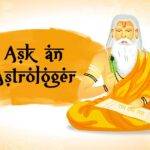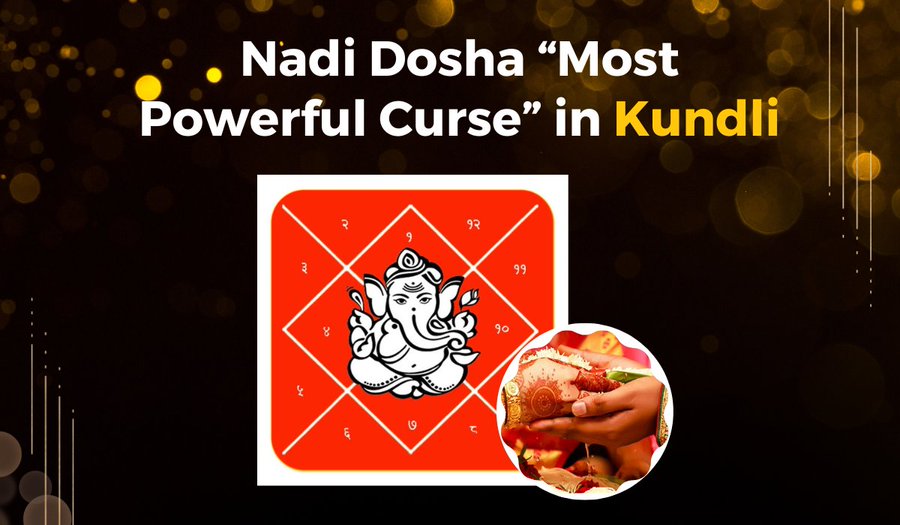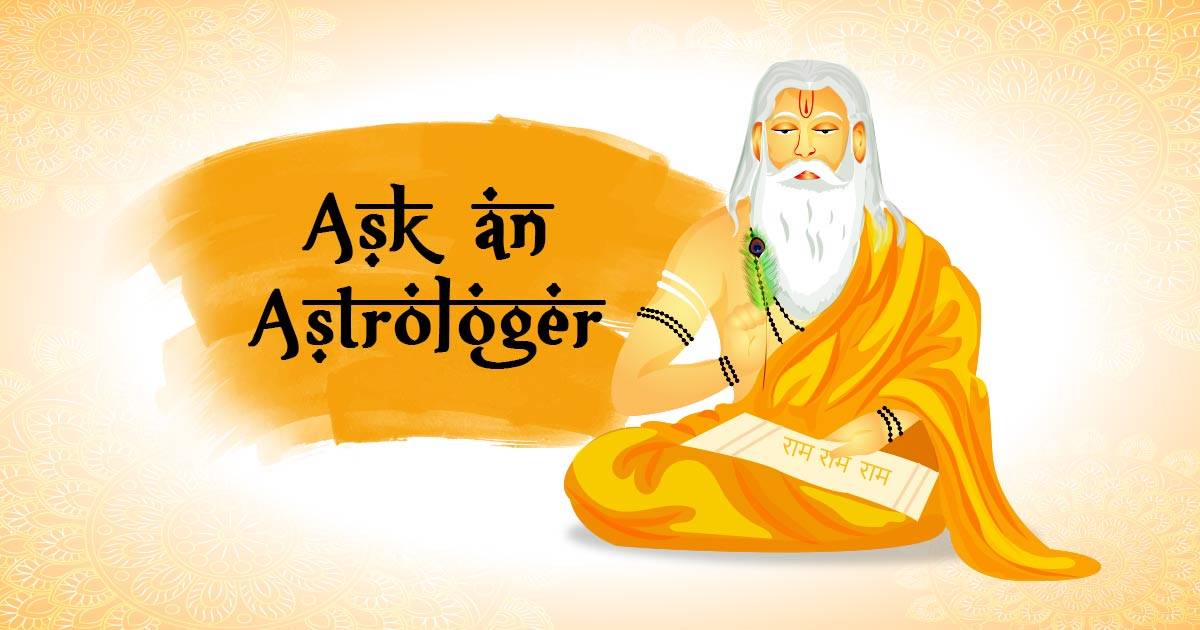At the start of my tarot learning days, I realized that every tarot card has an overarching message. Some catchwords that every tarot reader uses frequently and repeatedly when reading that card.
For example, the Fool is associated with new beginnings and taking a leap of faith.
But I wasn’t satisfied with these superficial tarot card meanings. So, I kept my process of learning on and delving into the deeper meanings of each card.
I wanted to understand even the minutest symbolism that had made its way into those cards. I was convinced that every small element drawn on the card was for a reason. And each of those elements added value and meaning to a reading.
In this journey of going deeper, it took me a few months to expand my tarot knowledge and launch myself as a tarot reader.
The world of Tarot is a definitely a magical place. It has so many symbols and hidden meanings – but only for those who are ready to dive into the deep ocean.
It is important to choose a tarot reader who has a deep understanding of the cards. Someone, who is capable of going beyond the standard tarot meaning and bring out the most relevant and accurate messages or guidance for you keeping in mind the ethos of tarot card reading.
So here, I am going to break through the practice of following standardized, unchanging meanings in a tarot reading.
In this article, we will deep dive into why regular run-of-the-mill tarot card meanings are not always correct.
We will focus on the concept that each card can reveal a multitude of messages depending on the context, numerology, symbolism, and combinations in which they appear.
Going Beyond Singular Significance
One of the common practices of tarot card readers is to go about reading each card for a single, fixed meaning.
Imagine this: you ask a Tarot reader about the Death Card, and they tell you that it signifies, for instance, “transformation”. While this might be true in a lot of contexts, it’s far from the whole story.
Tarot cards are very versatile in their meanings and the death card goes well beyond a major transformation, depending on the circumstance and query of the person.
Context Matters!
Just as a word can have multiple meanings depending on the sentence, Tarot cards also adapt to their readings.
A card’s interpretation can change based on the question, it’s position in the spread, cards adjacent to it, and the overall energy at that moment.
What it signifies in one reading may differ dramatically from what it means in another.
Expanding the Depth of Tarot Card Meanings
Like I already alluded to earlier, Tarot cards are very rich in their details, symbols, and numerology.
The standard meanings often just scratch the surface of the card’s potential significance.
- Numerology:
Every Tarot card has an associated number, and numerology also plays a crucial role in deciphering its message. A number can add depth and layers to the card’s meaning, opening up new possibilities for interpretation.
For example, if the reader draws the Four of Pentacles. The overarching meaning of this card revolves around being withdrawn, holding back, being ungiving, miserly or possessive, etc.
But if we go within the meaning of number 4, we can think of stability, like the stability and strength four pillars bring to a structure.
Could this be interpreted to mean that the querent is in a very comfortable and stable position financially?
- Symbolism:
The images on Tarot cards are brimming with symbols.
Experienced Tarot readers will often be honest about noticing new symbols and elements even after many years of continuous practice. These symbols may not be immediately apparent to everyone.
It’s like peeling off layers of an onion to reveal hidden meanings of each card. A card may depict various symbols and elements. Each carries a significance.
Skilled readers deep dive into this symbolic treasure trove to extract deeper and more profound messages that can add value to the querent.
As an example, after many readings, I bought a new tarot deck that was more vibrant and colorful as compared to my earlier deck. I drew the King of Pentacles and for the first time noticed images of grapes on the robe of the king. This is immediately connected with fertility and wisdom adding a new angle to the question posed.
Combining Cards for a Complex Narrative
One card can tell a story, but when you combine multiple cards in a reading, the possibilities for interpretation multiply exponentially. It is a form of storytelling that goes beyond linearity and predictability.
- Combinations:
When you read Tarot, it’s never just about the individual cards. Which is why one rarely does single card readings.
The meanings become valuable and rich when cards start interacting with each other.
The juxtaposition of cards in a spread can drastically alter their meanings. A single card may convey one message, but in combination with others, it might tell a different story entirely.
Imagine drawing the King of Cups and Queen of Cups next to each other in a love reading. You would be tempted to assume this is a perfect match. But hold on, what if the Queen is on the left, with the King on right? The Queen seems to be looking away from her King. Has the perfect match run into trouble? Some food for thought?
- Permutations:
Tarot decks typically have 78 cards. The potential permutations of cards that can be drawn are quite staggering.
Each card brings its unique energy, and when you combine them in different ways, the readings become infinitely diverse.
Let us go back to our miser in the 4 of Pentacles and look at a couple of permutation examples in a career reading context. If this card is drawn along with the 3 of Swords, one could think of a potential job loss or business loss. Here, 4 of Pentacles could indicate that the person should save and hold back on expenses.
But if the same card is drawn along with the 6 of Pentacles, it can mean that a balance is needed at work to progress. There is an equal give and take and a collaborative environment to be pursued to achieve success at work.
The Ever-Changing Language of Tarot
As time passes and our understanding of the world evolves, so does Tarot. It’s not a stagnant, ancient relic but a living, breathing language that reflects the dynamic nature of human experience.
Over 200 years, Tarot cards have been influenced by the changing world order, modernism and dynamism with which the world itself has evolved.
For example, consider drawing an Ace of Cups Swords in a singles love reading. Since the swords suit is about communication, and Aces are messengers, one could read this as a new beginning through technology, such as dating apps.
But would the same interpretation hold good 200 years ago, when technology was limited?
As our collective consciousness shifts, so do the interpretations of Tarot. What a card meant a century ago may not hold the same significance today.
Conclusion: Taking Away from the Richness of Tarot
In the end, tarot is a medium to get insights and direction. One direction can’t lead all to glory, Similarly, standard tarot card meanings can only be like the tip of the iceberg.
The very beauty of Tarot is in its ability to evolve, adapt, and reveal its secrets in multifaceted ways.
It is amazing how every card is a window to a world of possibilities, and the interpretations are as diverse as the people who seek their guidance.
So, when you encounter Tarot and hear that a card means this or that, remember that the language of Tarot is vast and ever-expanding. Try digging deeper, to find meanings that really resonate with you, allowing Tarot to speak to you in a language unique to you and your situation.
Astrologer Navneet Khanna, is a former World Bank & SIDA consultant, he has held many prestigious projects in India and Africa before settling down in his native place, near Chandigarh and following his passion in Vedic Astrology. Navneet is very scientific and logical in his Predictions. He reasons his predictions because of which he has a worldwide following and people from many countries solve their problems with his help.
He is an expert in Marriage and Love Relationship. In Marriage Matching he does analysis of Guna Milan and also Grah Milan (Matching of the Planets) and will tell you effects and remedies of Nadi Dosha, Bhakoot Dosha & Gana Dosha if present.
He is an Expert Astrologer on Many Indian & Foreign Websites like myastrologysigns.com and a frequent writer for many national and international websites and magazines.
Navneet believes that Vedic Astrology is a vast subject, it is an ocean of knowledge and wisdom. It is simply up to the individual to jump into the ocean and extract the pearls. With his vast experience on occult subjects he has been associated with leading astrologers in India to promote astrology.
Navneet Khanna believes that the energy and inspiration behind him is the Blessings of the Almighty.
You may call / whatsapp him on his number +91-9417884861 .










